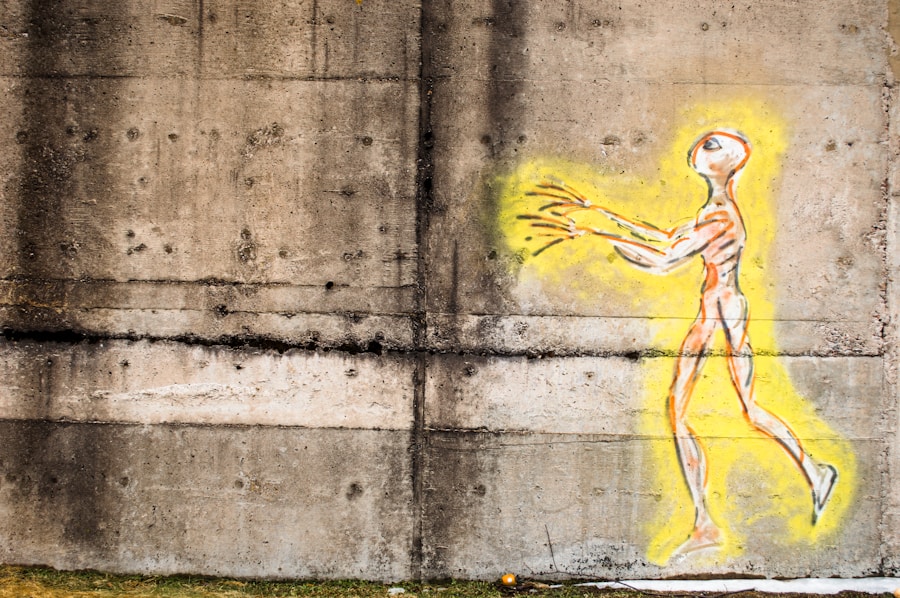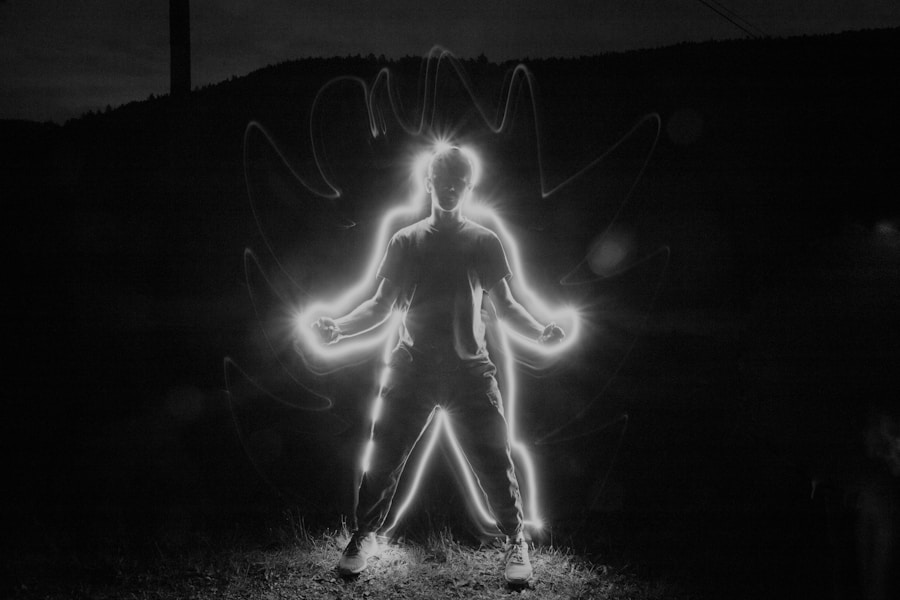Human Design, a system developed by Alan Robert Krakower under the pseudonym Ra Uru Hu in 1992, offers a unique lens through which individuals can understand their inherent traits and behaviours. At the core of this system lies the concept of energy centres, which are pivotal in determining how we interact with the world around us. These energy centres, akin to chakras in traditional Eastern philosophies, serve as conduits for life force energy, influencing our physical, emotional, and spiritual well-being.
By exploring these centres, individuals can gain insights into their strengths, challenges, and the ways in which they can navigate their lives more effectively. The Human Design system posits that each person is born with a specific configuration of these energy centres, which can be either defined or undefined. Defined centres indicate consistent energy and traits, while undefined centres suggest variability and openness to external influences.
Understanding these dynamics is essential for personal growth and self-awareness. As we delve deeper into the intricacies of the seven energy centres, we will uncover their functions and how they shape our experiences, ultimately guiding us towards a more harmonious existence.
Summary
- Human Design Energy Centres play a crucial role in our physical, emotional, and mental well-being.
- The Seven Energy Centres, also known as chakras, each serve a specific function in our lives and can impact different aspects of our being.
- Recognising your dominant energy centre can provide valuable insights into your strengths and challenges.
- Imbalances in energy centres can lead to physical and emotional issues, and it’s important to understand their impact on our overall well-being.
- Techniques such as meditation, yoga, and energy healing can help recharge and balance our energy centres, promoting holistic rejuvenation.
The Seven Energy Centres and Their Functions
The Human Design system identifies seven primary energy centres: the Head, Ajna, Throat, G Centre, Heart, Sacral, and Root. Each centre has its own distinct role and characteristics that contribute to an individual’s overall design. The Head centre is associated with inspiration and mental pressure, often serving as the starting point for ideas and thoughts.
It is where questions arise, prompting individuals to seek clarity and understanding.
Those with a defined Ajna may possess a strong sense of certainty in their thoughts, while those with an undefined Ajna may find themselves more adaptable in their beliefs.
Moving down the chart, the Throat centre is crucial for communication and manifestation. It acts as a bridge between internal thoughts and external expression, allowing individuals to articulate their ideas and intentions. The G Centre, often referred to as the identity centre, is linked to love, direction, and self-identity.
It plays a significant role in how individuals perceive themselves and their place in the world. The Heart centre, or Ego centre, is associated with willpower and material resources. It governs our desires and motivations, influencing how we pursue our goals.
The Sacral centre is vital for life force energy and creativity. It is where our passions and desires are ignited, driving us to engage with life fully. Finally, the Root centre serves as the foundation for our energy system, providing stability and grounding.
It is linked to survival instincts and stress management. Each of these centres interacts with one another, creating a complex web of energy that shapes our experiences and interactions.
Recognizing Your Dominant Energy Centre

Identifying your dominant energy centre can be a transformative step in understanding your unique design. This process involves reflecting on your behaviours, preferences, and emotional responses to various situations. For instance, if you find yourself constantly seeking validation from others or struggling with self-worth issues, it may indicate that your Heart centre is a focal point in your design.
Conversely, if you often feel overwhelmed by external stimuli or have difficulty making decisions, your undefined Ajna may be influencing your experience. To recognise your dominant energy centre effectively, consider keeping a journal to document your thoughts and feelings over time. Pay attention to patterns that emerge in your daily life—do you often feel energised when engaging in creative pursuits?
This could suggest a strong connection to your Sacral centre. Alternatively, if you frequently find yourself questioning your identity or direction in life, it may point towards an active G Centre. By observing these tendencies, you can begin to understand which energy centre plays a more prominent role in shaping your experiences.
Understanding the Impact of Energy Centre Imbalances
Imbalances within the energy centres can manifest in various ways, affecting not only our personal well-being but also our relationships and interactions with others. When an energy centre is overactive or underactive, it can lead to emotional turmoil or physical discomfort. For example, an overactive Throat centre may result in excessive talking or difficulty listening to others, while an underactive Sacral centre could lead to feelings of stagnation or lack of motivation.
Recognising these imbalances is crucial for personal development. An individual with an undefined Heart centre may struggle with feelings of inadequacy or comparison to others’ achievements. This can create a cycle of self-doubt that hinders personal growth.
Similarly, someone with a defined Root centre may experience heightened stress levels if they feel their foundational needs are not being met. Understanding these dynamics allows individuals to take proactive steps towards restoring balance within their energy centres.
Techniques for Recharging Your Energy Centres
Recharging your energy centres is essential for maintaining overall well-being and vitality. There are several techniques that individuals can employ to revitalise their energy systems. One effective method is through meditation and mindfulness practices.
By dedicating time each day to quiet reflection or guided visualisations focused on each energy centre, individuals can cultivate awareness and promote healing within these areas. Another technique involves engaging in physical activities that resonate with your dominant energy centre. For instance, if your Sacral centre is prominent, consider exploring dance or creative expression as a means of recharging your life force energy.
Alternatively, grounding exercises such as walking barefoot on natural surfaces can help stabilise an overactive Root centre. Incorporating breathwork into your routine can also be beneficial; deep breathing exercises can help release tension and restore balance across all energy centres.
Incorporating Self-Care Practices to Support Your Energy Centres

Self-care practices play a vital role in supporting the health of your energy centres. Establishing a routine that prioritises self-nurturing activities can significantly enhance your overall well-being. This may include engaging in regular physical exercise tailored to your unique design—whether it’s yoga for grounding or high-energy workouts for stimulating the Sacral centre.
Additionally, nourishing your body with wholesome foods can have a profound impact on your energy centres. Foods rich in vitamins and minerals support optimal functioning of these centres while promoting emotional stability. Herbal teas or essential oils associated with specific energy centres can also be incorporated into your self-care regimen to enhance relaxation and rejuvenation.
Moreover, fostering connections with nature can be incredibly restorative for all energy centres. Spending time outdoors allows individuals to absorb natural energies that promote balance and harmony within their systems. Whether it’s a leisurely walk in the park or simply sitting under a tree, these moments of connection can help recharge your energy centres effectively.
Seeking Professional Guidance for Energy Centre Alignment
While self-exploration is invaluable in understanding one’s energy centres, seeking professional guidance can provide deeper insights and support for alignment. Practitioners trained in Human Design can offer personalised readings that illuminate the intricacies of your unique design. They can help identify imbalances within your energy centres and suggest tailored strategies for recharging and harmonising them.
Additionally, holistic practitioners such as energy healers or therapists specialising in modalities like Reiki or acupuncture can assist in restoring balance within your energy system. These professionals often employ techniques that target specific energy centres, facilitating healing on both physical and emotional levels. Engaging with experts allows individuals to gain clarity on their design while receiving support tailored to their unique needs.
Embracing a Holistic Approach to Energy Centre Rejuvenation
Ultimately, embracing a holistic approach to rejuvenating your energy centres involves recognising the interconnectedness of mind, body, and spirit. By integrating various practices—such as meditation, physical activity, nutrition, and professional guidance—you create a comprehensive framework for supporting your overall well-being. This holistic perspective encourages individuals to view their energy centres not as isolated entities but as integral components of a larger system that influences every aspect of their lives.
In conclusion, understanding Human Design’s energy centres offers profound insights into our behaviours and experiences. By recognising the functions of each centre and addressing imbalances through self-care practices and professional guidance, we can cultivate a more balanced existence that aligns with our true selves.
Embracing this journey not only enhances our personal growth but also enriches our connections with others and the world around us.
FAQs
What is Human Design?
Human Design is a system that combines astrology, the I Ching, Kabbalah, and the Chakra system to create a unique chart for each individual, which can provide insights into their personality, strengths, and potential challenges.
What are Human Design Centres?
Human Design Centres are specific areas within the body graph that represent different aspects of an individual’s energy and how they interact with the world. There are nine centres in total, each with its own unique characteristics and functions.
How do Human Design Centres explain energy levels?
The Human Design Centres can provide insights into an individual’s energy levels by showing how their energy is conditioned and how it interacts with the energy of others. For example, an open or undefined centre may indicate that a person’s energy levels are influenced by external factors, while a defined centre may suggest a more consistent energy level in that area.
How can Human Design Centres help in understanding how to recharge?
By understanding their Human Design Centres, individuals can learn how to recharge by recognising which environments, activities, and interactions support their energy and which may drain them. For example, someone with an open Emotional Centre may need to take regular breaks to process emotions, while someone with a defined Sacral Centre may benefit from physical activity to recharge.
Can Human Design Centres change over time?
No, Human Design Centres are fixed and do not change over time. However, an individual’s awareness of how their centres operate and how to work with their energy can evolve as they learn more about their Human Design chart and experiment with different strategies for self-care and recharging.



















